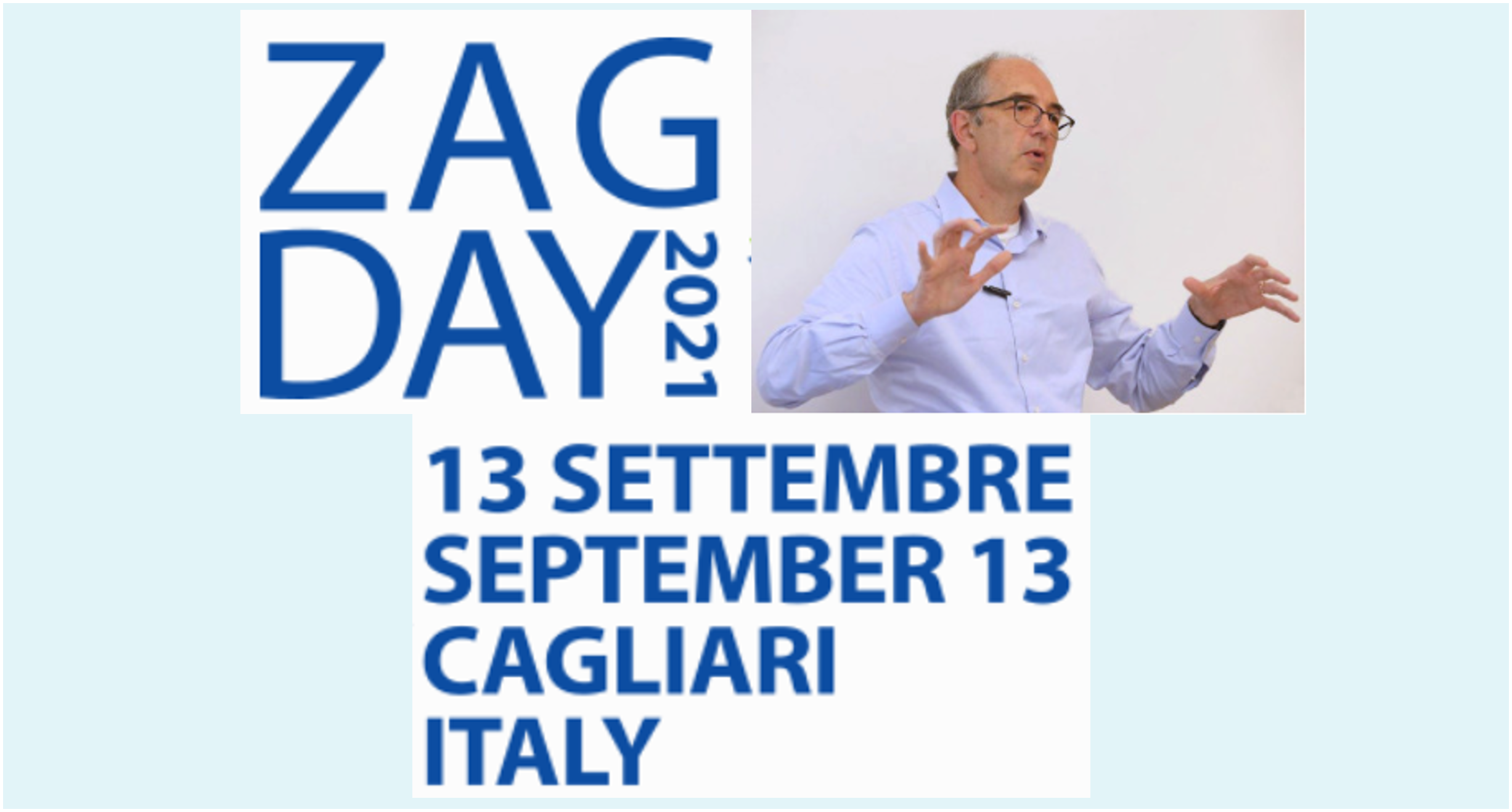In September 13th, 2021, CRS4 organized ZagDay, an event with scientific presentations to commemorate Gianluigi Zanetti and his work.
The morning program, in English, comprised scientific presentations by some of Gianluigi’s past collaborators on topics pertaining to computational modelling and simulation and data-intensive computing. The afternoon program, mostly in Italian, was dedicated to technology transfer activities with a relevant local impact and personal memories.
For those that wish to watch the event online or revisit the sessions, the recordings are available at https://zagday.crs4.it/en/videos/.
Gianluigi Zanetti (Zag) CV: He was the Director of Data Intensive Computing at CRS4. He held a degree in Physics from the University of Bologna (1984) and a PhD in Physics from the University of Chicago (1988). Before joining CRS4 in 1991, he carried out research and teaching activities at Princeton University, Los Alamos National Lab, École Normale Supérieure (Paris) and other institutions. His research activities have touched many areas of computational science, including computational statistical mechanics, granular flow instability, meso-scale computational techniques for fluid dynamics simulation, blood flow simulation in specific patient vascular geometries, and surgical simulators. In recent years, the major focus was on the development of strategies and infrastructures for data-intensive applications able to guarantee, in a fully traceable and reproducible way, the processing and analysis of massive and complex heterogeneous datasets. Applications spanned from the collection and distributed analysis of large clinical and industrial process datasets to sophisticated tracking of provenance information in health-related and biological studies. Gianluigi’s research activities have resulted in a wide number of publications in major scientific journals and conferences, and have found many practical applications that have been transferred to the clinical and industrial practice.

